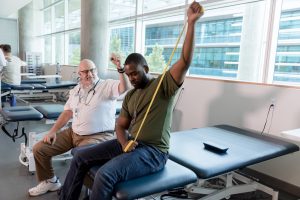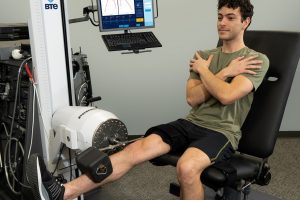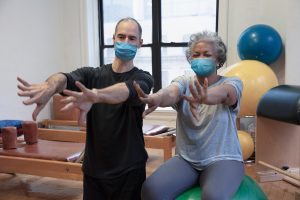-

An effective rotator cuff evaluation incorporates subjective patient observations and documents objective, measurable data. Let’s review some of the many parts of a rotator cuff evaluation, including the patient history, standardized assessments, a differential diagnosis, and tests for strength and range of motion.
-

When patients look at their objective progress reports, they know they’re getting better. There’s no guessing whether patients are progressing and no question about what’s making the difference. The strongest driver of his incredible compliance rate is the MCU’s evidence-based, objective measurement.
-

You don't have to be a spine specialist to safely and effectively treat sever neck pain. This evidence-based approach applies many of the same principles you use for other conditions. As always, start with evaluation. Consider the client’s ADLs, job tasks, degenerative changes within the spine, disease, and muscle imbalances.









